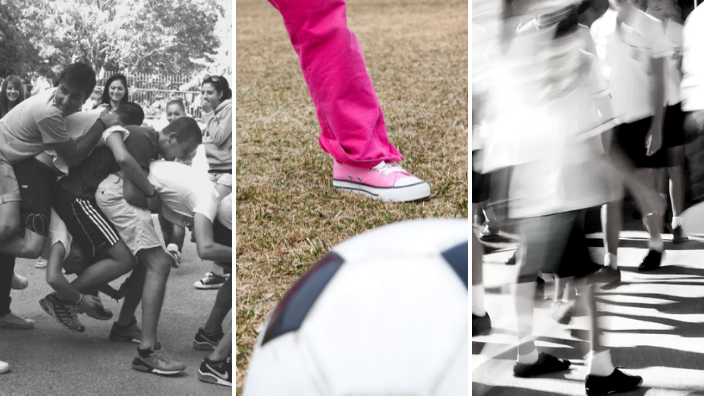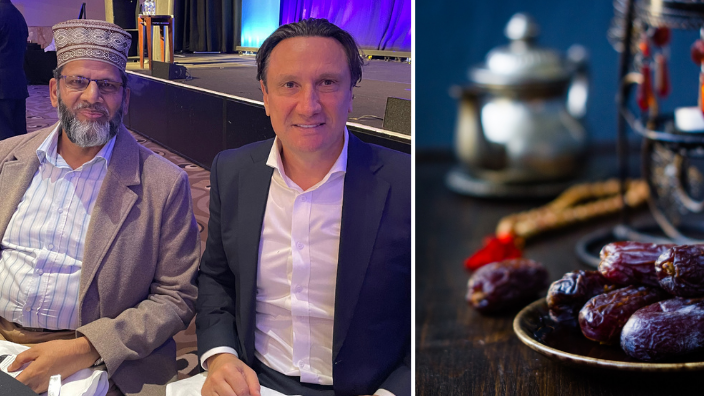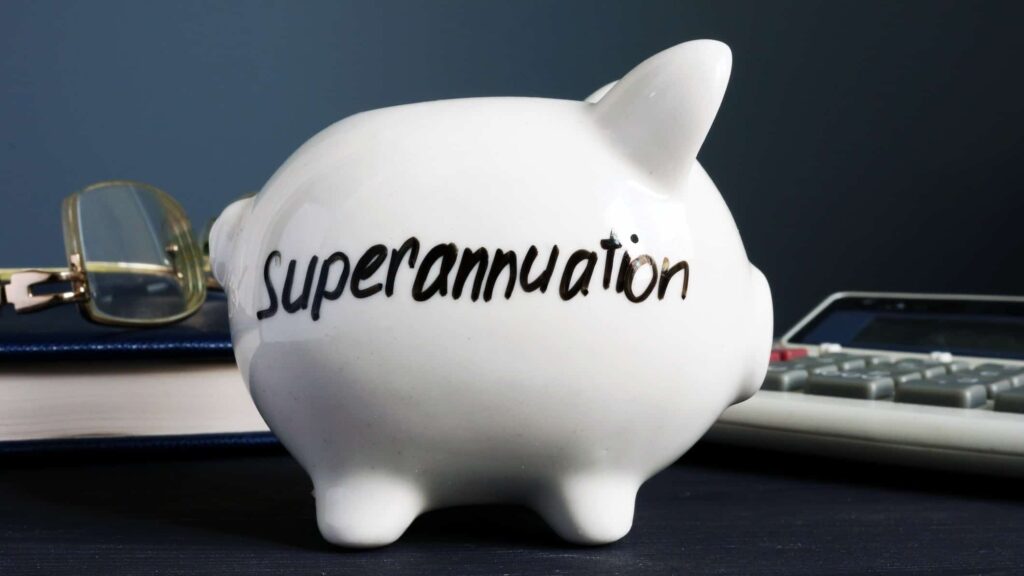Stefanos Tsitsipas passed an opening-round test against Marin Cilic 7-5, 6-2 to reach the fourth round of the Internazionali BNL d’Italia.
“Sometimes I need to adjust my game and Marin is someone I respect a lot,” Tsitsipas said on-court. “I knew he was going to come out here and play his best tennis.”
The Greek improved to 28-7 this season, which tied him back up with Andrey Rublev for most wins after Rublev beat Jan-Lennard Struff earlier on Wednesday. Though Tsitsipas lost in the third round in Madrid, the World No. 5 is filled with confidence after winning his first ATP Masters 1000 title at the Rolex Monte-Carlo Masters. He’s also a former semi-finalist in Rome (2019).
Cilic is 0-11 against Top 10 opponents dating back to his 2018 Australian Open win over Rafael Nadal. He’s now 8-8 on the season.
In a competitive first set, Tsitsipas pounced at 6-5 to break Cilic for the first time when it mattered the most. He had full control of the match from there with Cilic hitting 23 unforced errors to Tsitsipas’ 13.
“He made me move a lot,” Tsitsipas said. “It was quite tricky to adjust to that at the beginning, but towards the very end of the first set I stayed calm and I stayed resilient. I had to play deep on the returns and find solutions from the baseline rallies. Obviously, that worked well for me from 6-5.”
Tsitsipas next faces Matteo Berrettini, who beat John Millman 6-4, 6-2. The Italian will have the home-court advantage when fans return on Thursday. Tsitsipas feels right at home in Rome though, and enjoyed the scenery Pietrangeli stadium had to offer.

“[Pietrangeli] itself is very beautiful; it’s one of the best courts on tour,” Tsitsipas said. “I feel like the atmosphere here is great. We’re surrounded by trees in the city and it’s very, very quiet which is important for tennis. And honestly, I can’t wait for the fans to come and fill in the stadium.”
Berrettini continued his great serving form from his final run in Madrid. He faced zero break points, giving him freedom to go for more on return games. He broke the Aussie to start the second set and ran away with the match quickly from there.
Since his debut in 2017, the World No. 9 has improved with each appearance in Rome, reaching the second round in 2018, the third round in 2019, and the quarter-finals in 2020. He will have a tough challenge next in Tsitsipas, who beat him in their only meeting at the 2019 Australian Open.
Source: ATP News.


















